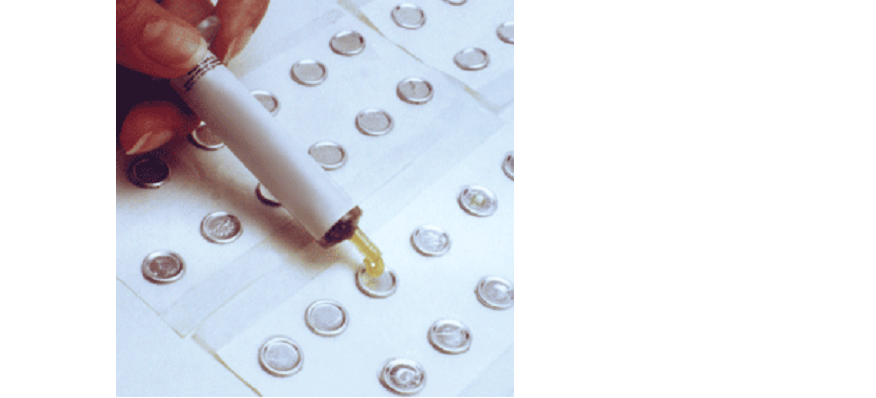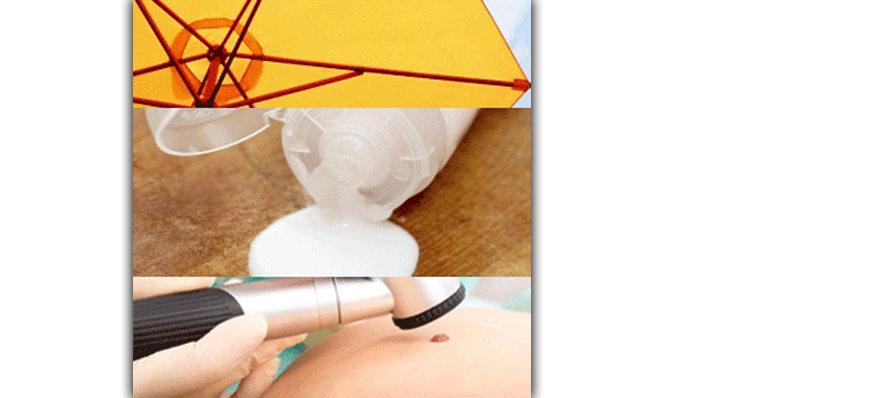If you’re already doing everything possible to avoid irritations, allergies and pigmentations but still suffer from them, and/or if you (or your family) have a long history of hypersensitivity, ask your dermatologist for a patch test.
A patch test is a simple, painless procedure that basically involves:
- Placing a small dollop of select ingredients and other substances such as the most common allergens on a grid (usually made of paper) that is then applied to your back and taped in place.
- You go home and about your normal business, taking care not to perspire too profusely or to get the patches wet when showering, until you have to come in for your readings.
- Readings are done by your doctor. A “reading” means the doctor opens the patches and “reads” (observes and records) any reactions. Normally, a reading is done at 48 hours and a final reading at 96 hours.
- The patch test shows your responses to different ingredients, including allergic responses and irritant responses.
You can ask your dermatologist to include a specific product that you’re interested in (or that you think may be causing the problem) in your patch test.
Once you know what triggers an allergic or irritant response in your skin, you can steer clear of those ingredients (in skin care but also in clothing, gym equipment, etc.) and often significantly improve your skin’s health just by simple avoidance.
If your doctor is a member of the American Contact Dermatitis Society, he or she can enter your patch test results into the Contact Allergen Management Program (CAMP). With CAMP, instead of a list of ingredients and substances to avoid (which can get unwieldy, with long chemical names), you get a list of products that you can use.
Click here for more on hypoallergenicity.
Click here for more on the VH-Number Rating System.
Click here for more on allergens.
Click here for more on photo-patch tests.





